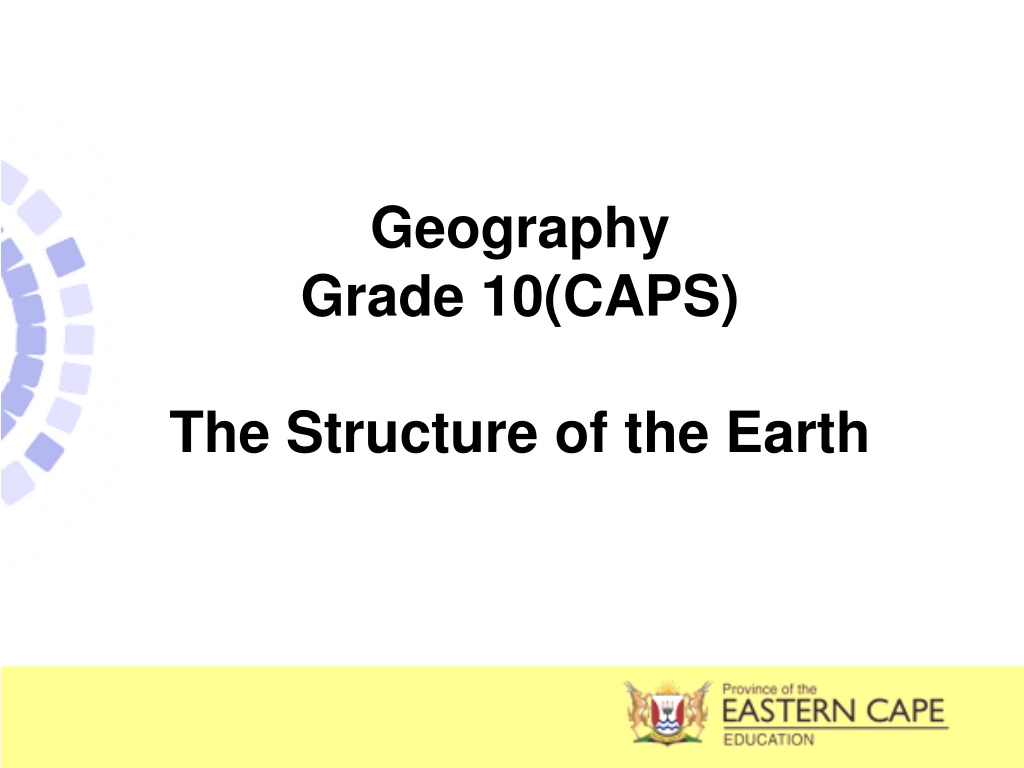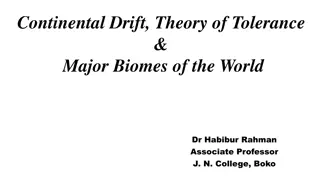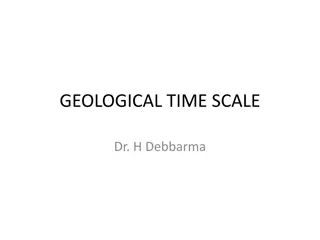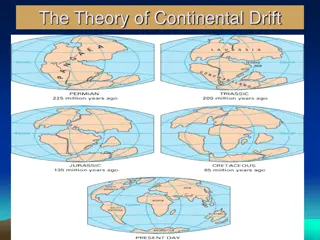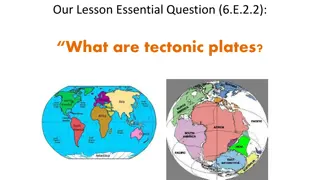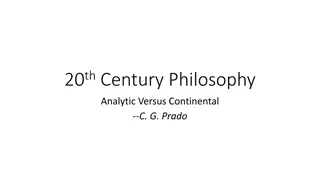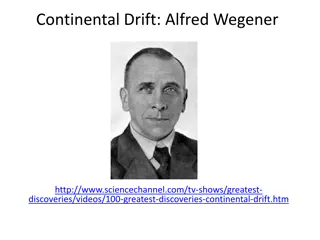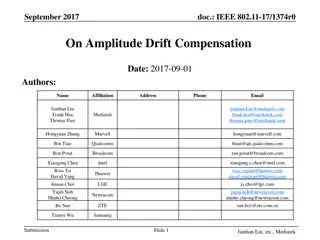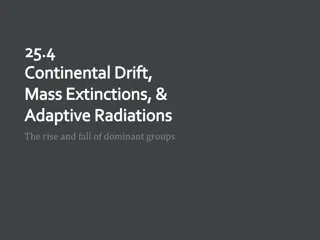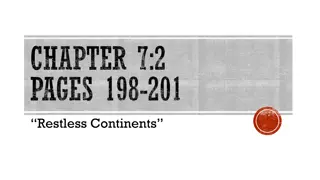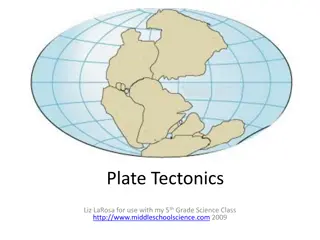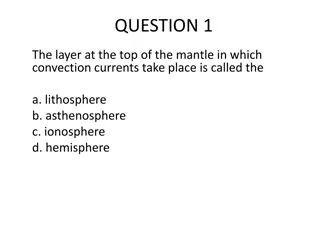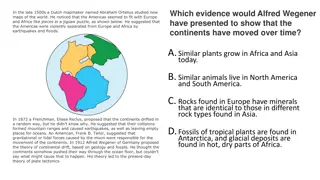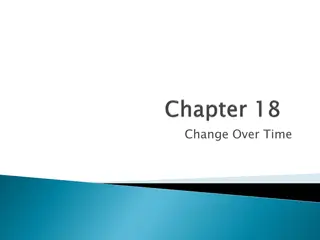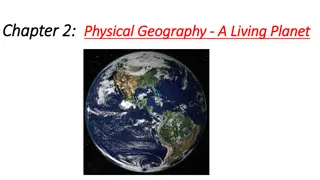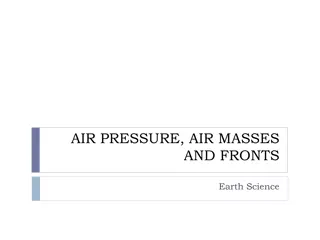Exploring Earth's Structure and Continental Drift
Delve into the fascinating layers of the Earth, including the crust, mantle, and core, while understanding how rocks are classified and the processes of weathering, erosion, and rock formation. Discover the concept of continental drift through evidence such as fossil similarities and geological formations across continents.
Download Presentation

Please find below an Image/Link to download the presentation.
The content on the website is provided AS IS for your information and personal use only. It may not be sold, licensed, or shared on other websites without obtaining consent from the author. Download presentation by click this link. If you encounter any issues during the download, it is possible that the publisher has removed the file from their server.
E N D
Presentation Transcript
Geography Grade 10(CAPS) The Structure of the Earth
Topics -Urban Settlements The origin and development of urban settlements urbanisation of the world s population; How site and situation affect the location of urban settlements; and Classification of urban settlements according to function, such as central places, trade and transport, break of bulk points, specialised cities, junction towns and gateway towns or gap towns.
The structure of the Earth The structure of the Earth
Three layers of the Earth Three layers of the Earth Crust and its characteristics Mantle and is characteristics Core and its characteristics
Classification of rocks Sedimentary rocks are formed from the particles of sand, shells, pebbles and other fragments of material. These particles are called sediments. Occur on the surface by the process of deposition in low-lying areas or on the sea bed. IGNEOUS ROCKS Formation- the tern igneous comes from the French word Ignis meaning fire. These rocks form where a red-hot liquid (hot mud) cools and solidifies (becomes a solid).
Cont... Weathering and erosion cause the sediments (rock debris/particles on the) surface to be transported by agents such as wind and water to low areas where they are deposited. The molten material is called Magma which is below the ground and Lava when molten material is above the ground. Their formation therefore is associated with volcanic activity.
Cont... Metamorphic rocks are formed by great heat and pressure. They are generally found inside the earth s crust where there is enough heat and pressure to form the rocks. Metamorphic rocks are often made from existing rocks that became physically and chemically change when exposed to excessive temperatures and pressure from the mantle.
Continental Drifting Continental Drifting
EVIDENCE OF EVIDENCE OF CONTINENTAL DRIFTING CONTINENTAL DRIFTING There are very similar fossils of animals and plants in both Africa and South America to prove that two continents were once joined together. Rock types and mountain ranges showing the same age and composition can be matched across continents. Ocean floor spreading- The ridges in many oceans have younger rocks than the rocks further away, suggesting that ocean floors are spreading.
THANK YOU THANK YOU
